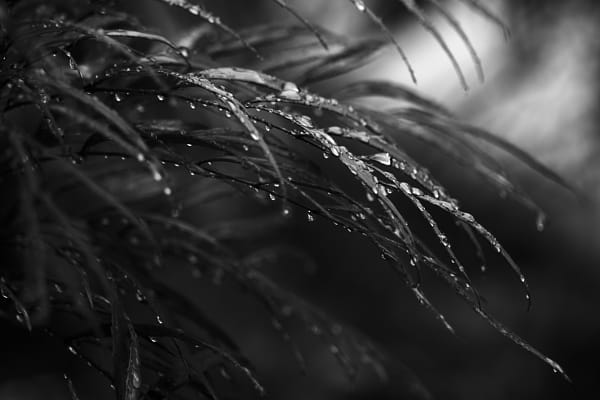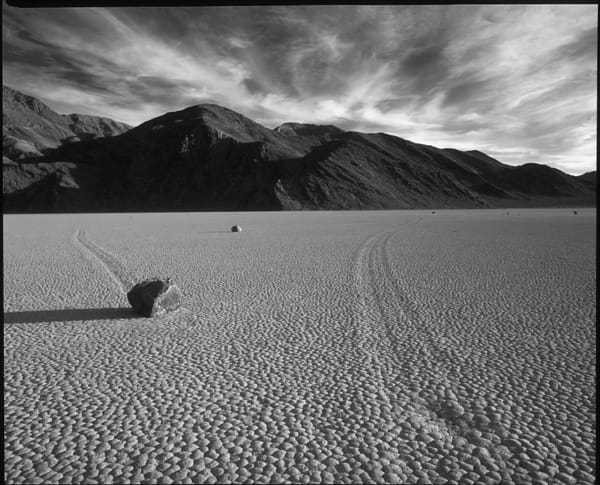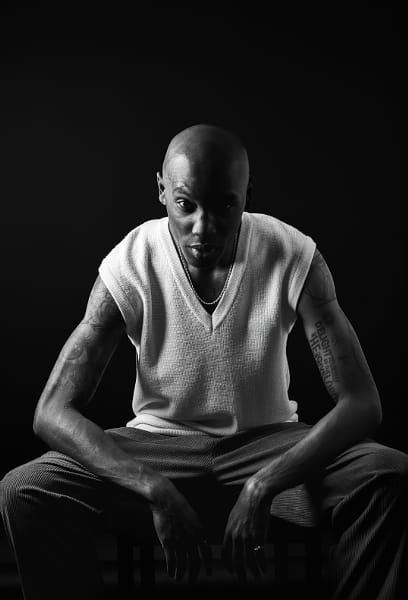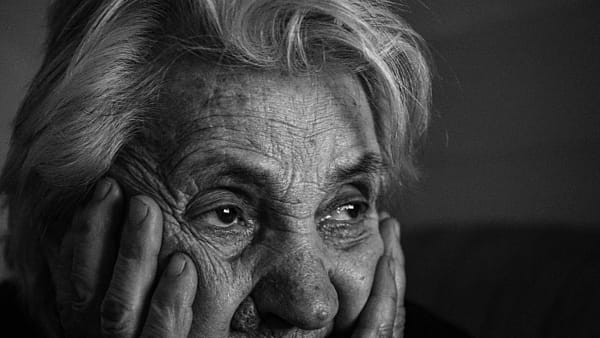Black-and-white photography relies heavily on textures and patterns to bring depth and interest to your images, as you don’t have the distraction of color to fall back on. Understanding how to effectively capture textures and patterns in monochrome is essential for creating strong, compelling photographs. Let’s explore how to use these elements to their full potential.
Why textures and patterns matter in monochrome
In the absence of color, texture and pattern take center stage in defining the subject and guiding the viewer’s eye. When captured well, these elements can add dimension, contrast, and a sense of realism to your black-and-white images.
Defining texture in monochrome
Texture refers to the tactile quality of the subject as it appears in your photograph. Whether it’s the rough bark of a tree, the smooth surface of a stone, or the fine grain of a weathered wall, texture adds a sensory dimension to your image. In black-and-white photography, texture becomes more pronounced because the interplay of light and shadow is more visible, giving your subject a heightened sense of realism.
The role of patterns
Patterns, on the other hand, are repeated visual elements—lines, shapes, or forms—that create rhythm in an image. Whether it’s the repetitive arrangement of tiles on a roof or the natural pattern of waves in the sand, patterns draw the viewer’s attention and add visual structure to your composition. In monochrome, patterns can create a strong sense of balance and cohesion in your image, especially when combined with texture.
Capturing texture in black-and-white
To highlight textures in black-and-white photography, focus on the way light interacts with your subject. Textures are most prominent when light hits the surface at an angle, creating shadows and highlights that emphasize its structure.
Side lighting for texture
Side lighting is one of the most effective ways to bring out texture. By positioning your light source to the side of your subject, you create strong shadows that accentuate every detail. This technique works particularly well with subjects like rocks, wood, fabric, or skin, where the fine details are crucial to the composition.
Close-up shots for detail
Get in close to your subject to capture the intricate details of its texture. In black-and-white, even the smallest elements—like the weave of a fabric or the ridges of a leaf—can become the focal point of your image. A macro lens can be helpful here, allowing you to focus on minute textures that may go unnoticed in a color photograph.
Using patterns in monochrome photography
Patterns in black-and-white photography can give your images a sense of order and repetition, creating visual interest even in simple compositions. Look for natural or man-made patterns that stand out in the frame.
Finding patterns in nature
Nature is full of repeating patterns, from the veins of a leaf to the spirals of a seashell. When shooting in black-and-white, these patterns become more striking because the focus shifts away from color and onto the form. Use natural elements like trees, rocks, or clouds to create repeating lines or shapes that add rhythm to your composition.
Exploring architectural patterns
In urban settings, architectural details offer endless opportunities to explore patterns. Look for repetitive lines in buildings, fences, windows, or staircases. When photographed in monochrome, these patterns can create a sense of structure and precision, especially when contrasted with irregular natural elements.
Combining texture and pattern for impact
The real magic in monochrome photography happens when you combine texture and pattern. By doing so, you create layers of interest that draw the viewer’s eye deeper into the frame.
Contrast between smooth and rough
Use contrasting textures to add depth to your composition. For example, juxtaposing the rough bark of a tree against a smooth river stone can create an intriguing visual contrast. The interplay between these elements becomes even more pronounced in black-and-white, where light and shadow do most of the work in defining texture.
Repetition and disruption
While patterns are naturally pleasing to the eye, breaking a pattern can be just as impactful. A single object that disrupts an otherwise consistent pattern can serve as a focal point in your image. For instance, a lone bird perched on a row of identical fence posts can add interest and balance to the composition, especially in black-and-white.
Techniques for enhancing texture and pattern
Once you’ve identified textures and patterns in your scene, you can use a few techniques to enhance them further in your black-and-white photography.
Play with depth of field
A shallow depth of field can isolate textures or patterns, making them stand out from the background. For example, focusing on the textured surface of a stone wall while blurring the background can create a more impactful image, emphasizing the tactile quality of the subject.
Experiment with lighting
Don’t be afraid to experiment with different lighting conditions to bring out textures and patterns. Harsh, directional light will enhance texture by creating sharp contrasts between light and shadow, while softer, diffused light will smooth out textures and emphasize patterns.
Textures and patterns are vital tools in black-and-white photography, offering depth, contrast, and visual intrigue to your images. By paying attention to how light interacts with surfaces and finding repeating elements in nature or architecture, you can elevate your monochrome photography to new heights. Remember to experiment with lighting, composition, and focus to bring out the best in your subjects.
Not on 500px yet? Click here to learn about Licensing with 500px.
The post Textures and patterns in monochrome photography appeared first on 500px.
[NDN/ccn/comedia Links]

































